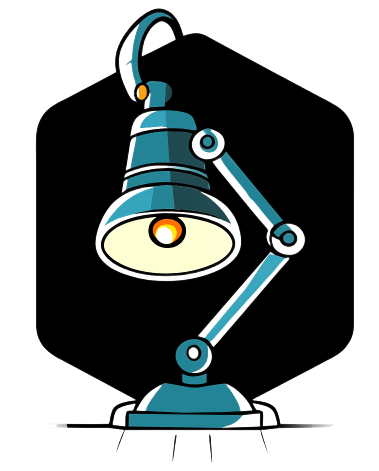To receive email notifications on your desktop, follow these steps:
- Click on Mail in the Outlook dialog box.
- In the Message Arrival section in the right-hand pane, select Show an envelope icon in the taskbar box and click OK.
To link your email address to your desktop, do the following:
- Click on the lock icon on the left side of the address bar, which is the bar displaying the web address.
- While holding down the mouse button, move the pointer to the desktop and then release the button. This will create a shortcut.
The default email client pre-installed with Windows 10, Windows Mail, is extremely user-friendly. The clean and classic interface of the operating system is highly appreciated. The left sidebar provides access to the calendar, tasks, and inbox.
To start an email application or access the settings:
- Open the email application or go to the "Accounts" section.
- Choose "Add new account" in the email application or settings.
- Select "Exchange" or "Microsoft Exchange ActiveSync" as the account type in the Gmail app.
- Enter your email address and password.
The POP protocol downloads email content from the mail server and saves all communications on the device without synchronization between the server and the device. On the other hand, the IMAP protocol communicates directly with the server.
To activate desktop notifications:
- New Message Notifications: Receive notifications for every new message you receive.
- Important Message Notifications: Receive notifications on the desktop only for important emails in the "Inbox" folder.
To enable Outlook pop-ups:
- Choose File, then Options, and then Mail.
- In the Message Arrival section, select or deselect the Display a Desktop Alert checkbox, and then click OK.
If you are not receiving Gmail notifications, follow these steps:
- Open Gmail and click on the Settings icon.
- Select See all settings in the menu that appears.
- Choose Desktop Notifications and select Enable notifications for new messages.
